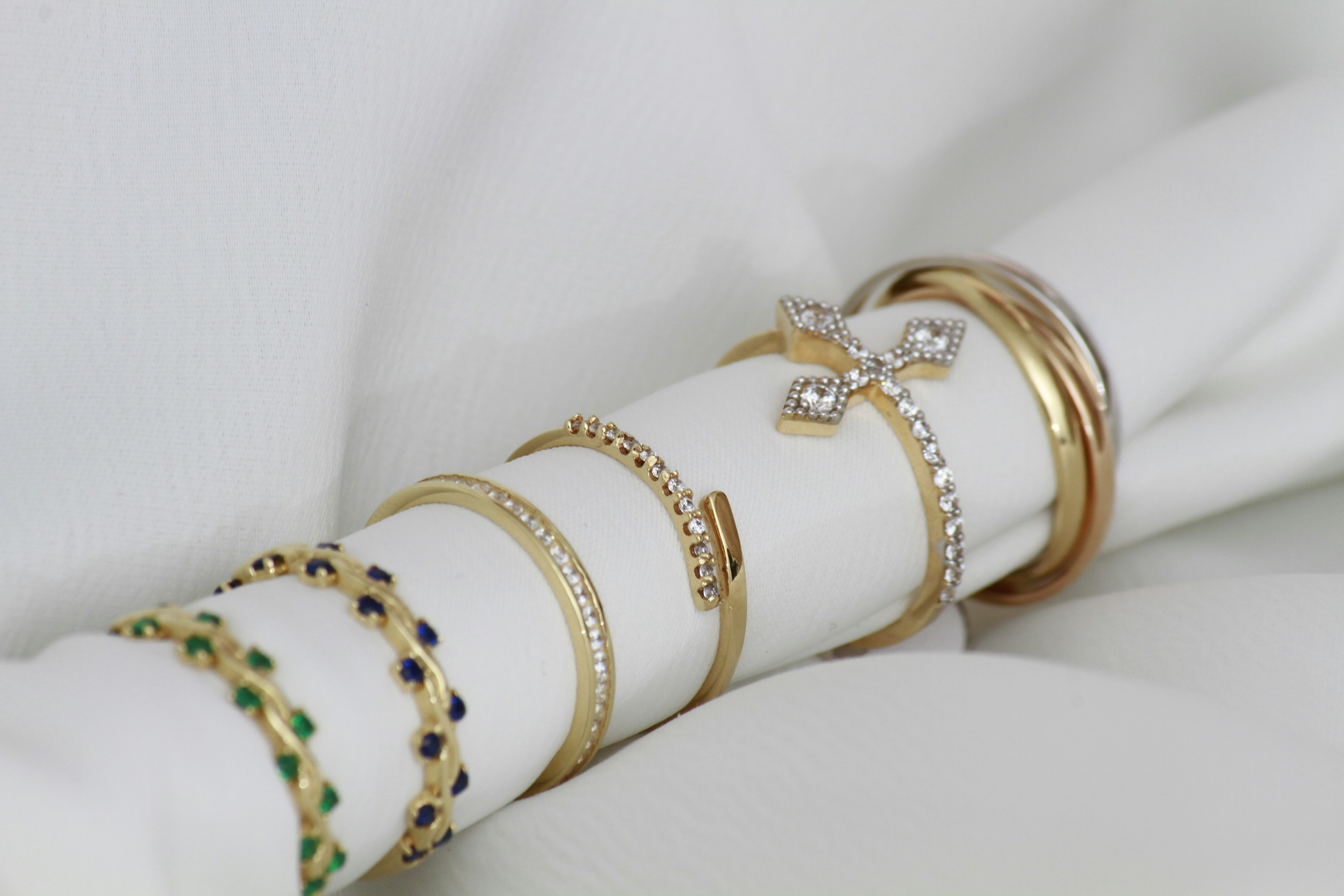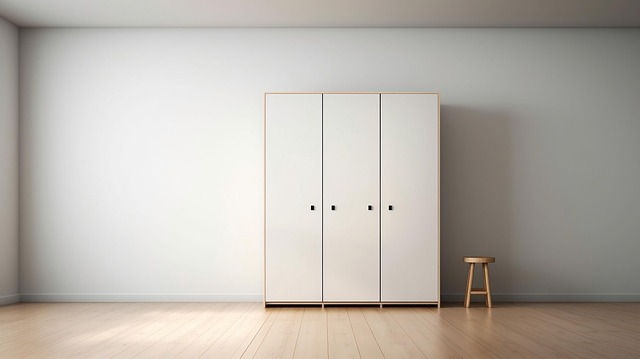Stud Earrings
Stud earrings represent one of the most versatile and enduring pieces of jewelry in any collection. These classic accessories feature a straightforward design where the decorative element sits directly against the earlobe, secured by a post that passes through the ear piercing and fastened with a backing. From simple metal spheres to elaborate diamond settings, stud earrings offer endless possibilities for personal expression while maintaining an elegant, understated appearance that works for virtually any occasion.

What Makes Stud Earrings So Popular
Stud earrings have maintained their popularity across generations due to their practical design and universal appeal. Unlike dangling or hanging earrings, studs stay close to the ear, making them comfortable for extended wear and suitable for active lifestyles. Their compact size means they rarely interfere with other accessories like necklaces or scarves, and they complement both casual and formal attire seamlessly.
The construction of stud earrings involves a decorative front element, typically called the “head,” which can range from simple geometric shapes to intricate designs featuring gemstones or precious metals. A thin post extends from the back of the head, designed to pass through the ear piercing. Various backing styles, including butterfly backs, screw backs, and push backs, secure the earring in place while allowing for comfortable wear.
Understanding Stud Earrings Diamond Options
Diamond stud earrings represent the pinnacle of elegant simplicity in jewelry design. These pieces typically feature round brilliant cut diamonds set in prong, bezel, or basket settings that maximize light reflection and showcase the stone’s natural brilliance. The most common diamond shapes for stud earrings include round, princess cut, cushion cut, and emerald cut, each offering distinct visual characteristics.
When selecting diamond studs, several factors influence both appearance and value. Carat weight determines the size of the diamonds, with popular choices ranging from 0.25 carats to 2 carats per ear. The cut quality affects how well the diamond reflects light, while color grades from D (colorless) to J (near-colorless) impact the stone’s appearance. Clarity grades indicate the presence of internal or external flaws, with VS1 and VS2 grades offering excellent value for stud earrings where inclusions are rarely visible to the naked eye.
The setting style significantly impacts both the earring’s appearance and security. Prong settings use small metal claws to hold the diamond, allowing maximum light exposure but requiring regular maintenance to ensure the stone remains secure. Bezel settings surround the diamond’s perimeter with metal, providing excellent protection while creating a more contemporary look.
Exploring Different Diamond Earrings Styles
Diamond earrings extend far beyond traditional round solitaire studs, encompassing numerous styles that cater to diverse preferences and occasions. Halo settings surround the center diamond with smaller accent stones, creating the illusion of a larger center stone while adding extra sparkle. Cluster designs group multiple smaller diamonds together to form intricate patterns or shapes, offering maximum brilliance at various price points.
Contemporary diamond earrings incorporate unique design elements such as asymmetrical settings, mixed metal combinations, and unconventional diamond shapes. Some styles feature diamonds set at angles to catch light from multiple directions, while others incorporate colored diamonds or gemstone accents for added visual interest.
The metal choice for diamond earrings affects both appearance and durability. Platinum offers superior strength and maintains its white color permanently, making it ideal for showcasing colorless diamonds. White gold provides a similar appearance at a lower cost but may require periodic rhodium plating to maintain its bright white finish. Yellow gold creates a warm, traditional look that complements diamonds with slight color tints, while rose gold offers a romantic, vintage-inspired appearance.
Caring for Your Stud Earrings
Proper maintenance ensures stud earrings retain their beauty and security over time. Regular cleaning removes oils, lotions, and everyday debris that can dull gemstones and accumulate around settings. For diamond studs, gentle cleaning with warm water and mild dish soap using a soft brush effectively removes buildup without damaging the stones or settings.
Professional inspection and cleaning every six months helps identify potential issues such as loose settings or worn posts before they result in lost earrings. During these visits, jewelers can tighten prongs, replace worn backings, and professionally clean the pieces using ultrasonic cleaners and steam cleaning equipment.
Storage plays a crucial role in maintaining stud earrings. Individual compartments or soft pouches prevent scratching, particularly important for diamond pieces that can damage other jewelry. Avoiding exposure to harsh chemicals, extreme temperatures, and impact helps preserve both the metal settings and gemstones.
Pricing Considerations for Stud Earrings
The cost of stud earrings varies dramatically based on materials, craftsmanship, and brand positioning. Simple metal studs in sterling silver typically range from $25 to $100, while gold options start around $75 and can exceed $300 for designer pieces. Diamond stud earrings represent a significant investment, with prices influenced by the four Cs of diamond grading.
| Carat Weight | Quality Grade | Metal Setting | Price Range |
|---|---|---|---|
| 0.25ct total | VS2, G color | 14k White Gold | $400-800 |
| 0.50ct total | VS1, F color | 14k White Gold | $800-1,500 |
| 1.00ct total | VS2, G color | 14k White Gold | $2,000-4,000 |
| 1.50ct total | VS1, F color | 18k White Gold | $4,000-8,000 |
| 2.00ct total | VS2, G color | Platinum | $8,000-15,000 |
Prices, rates, or cost estimates mentioned in this article are based on the latest available information but may change over time. Independent research is advised before making financial decisions.
Choosing the Right Stud Earrings
Selecting appropriate stud earrings involves considering personal style, lifestyle requirements, and budget constraints. Face shape can influence which earring sizes and styles are most flattering, with larger studs complementing longer faces while smaller, delicate pieces suit petite features. Professional environments may call for conservative choices, while casual settings allow for more creative expression.
The intended frequency of wear affects material choices and investment levels. Daily wear pieces benefit from durable settings and practical designs, while special occasion earrings can prioritize visual impact over everyday practicality. Consider starting with versatile pieces that transition easily between different settings and gradually building a collection that covers various needs and preferences.
Stud earrings continue to evolve while maintaining their essential appeal as accessible, elegant jewelry pieces. Whether choosing simple metal designs for everyday wear or investing in diamond studs for special occasions, these timeless accessories offer enduring value and versatility that makes them essential components of any well-rounded jewelry collection.




